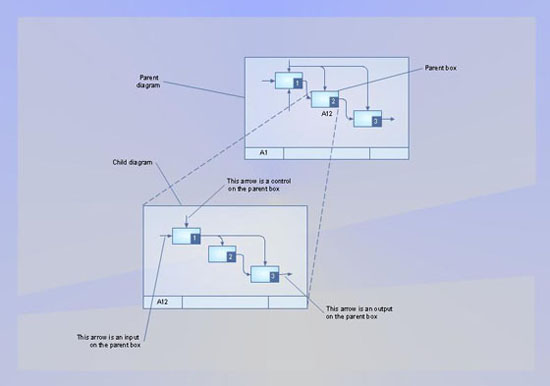The vector stencils libraries "Pipes 1" and "Pipes 2" contain 28 and 48 pipe, tubing and fitting symbols, respectively.
"Pipe is hollow cylinder used to conduct or transfer fluids (liquids and gases) from one place to other place. The main difference between pipe and tube is the critical dimension used to describe the pipe size or the tube size. For pipe, internal diameter (ID) roughly corresponds to the nominal pipe size for standard wall thickness. For tube, the outer diameter (OD) closely corresponds to the tube size. In current European standards pipes and tubes are nowadays described as outside diameter by wall thickness. The three standard types of pipe ends used in the piping industriesare; Plain Ends (PE), Threaded Ends (TE) and Beveled Ends (BE). In the past, many types of material have been used in conveying water from one point to another. Masonry and wood were probably the first materials used. Plastics are the newest, and are now being used quite extensively." [Piping. Wikipedia]
Use the design elements libraries "Pipes 1" and "Pipes 2" for drawing plumbing and piping building plans, schematic diagrams, blueprints, or technical drawings of waste water disposal systems, hot and cold water supply systems using the ConceptDraw PRO diagramming and vector drawing software.
The shapes libraries "Pipes 1" and "Pipes 2" are contained in the Plumbing and Piping Plans solution from the Building Plans area of ConceptDraw Solution Park.
"Pipe is hollow cylinder used to conduct or transfer fluids (liquids and gases) from one place to other place. The main difference between pipe and tube is the critical dimension used to describe the pipe size or the tube size. For pipe, internal diameter (ID) roughly corresponds to the nominal pipe size for standard wall thickness. For tube, the outer diameter (OD) closely corresponds to the tube size. In current European standards pipes and tubes are nowadays described as outside diameter by wall thickness. The three standard types of pipe ends used in the piping industriesare; Plain Ends (PE), Threaded Ends (TE) and Beveled Ends (BE). In the past, many types of material have been used in conveying water from one point to another. Masonry and wood were probably the first materials used. Plastics are the newest, and are now being used quite extensively." [Piping. Wikipedia]
Use the design elements libraries "Pipes 1" and "Pipes 2" for drawing plumbing and piping building plans, schematic diagrams, blueprints, or technical drawings of waste water disposal systems, hot and cold water supply systems using the ConceptDraw PRO diagramming and vector drawing software.
The shapes libraries "Pipes 1" and "Pipes 2" are contained in the Plumbing and Piping Plans solution from the Building Plans area of ConceptDraw Solution Park.
IDEF9 Standard
Use Case Diagrams technology. An effective management of changes is significantly facilitated by way of definition and documenting of business-requirements.
 ConceptDraw Solution Park
ConceptDraw Solution Park
ConceptDraw Solution Park collects graphic extensions, examples and learning materials
- Standard Pipe Schematic Legend
- Mechanical Drawing Symbols | Design elements - Pipes (part 2 ...
- Design elements - Pipes (part 2) | Symbol Pneumatic Conveyor
- Welding symbols | Elements location of a welding symbol | Design ...
- Tubing And Symbols
- Mechanical Drawing Symbols | Technical Drawing Software ...
- Process Flowchart | Mechanical Drawing Symbols | Design ...
- Design elements - Pipes (part 2) | Mechanical Drawing Symbols ...
- Interior Design Piping Plan - Design Elements | Design elements ...
- Pneumatic Pipe Line Symbol
- Pipe Fitting Symbol
- Symbol For Support Relating To Pipe Fitting
- Pipe Reducer Symbol
- The Symbol Of Pipe Support
- Interior Design Piping Plan - Design Elements | IDEF9 Standard ...
- Basic Water Pipe Symbol Water Pipe Symbol
- Design elements - Pipes (part 1) | Plumbing and Piping Plans ...
- In Piping Pipe Support Symbol
- How To Draw Building Plans | Design elements - Pipes (part 1 ...
- Design elements - Pipes (part 2)
.png--diagram-flowchart-example.png)
